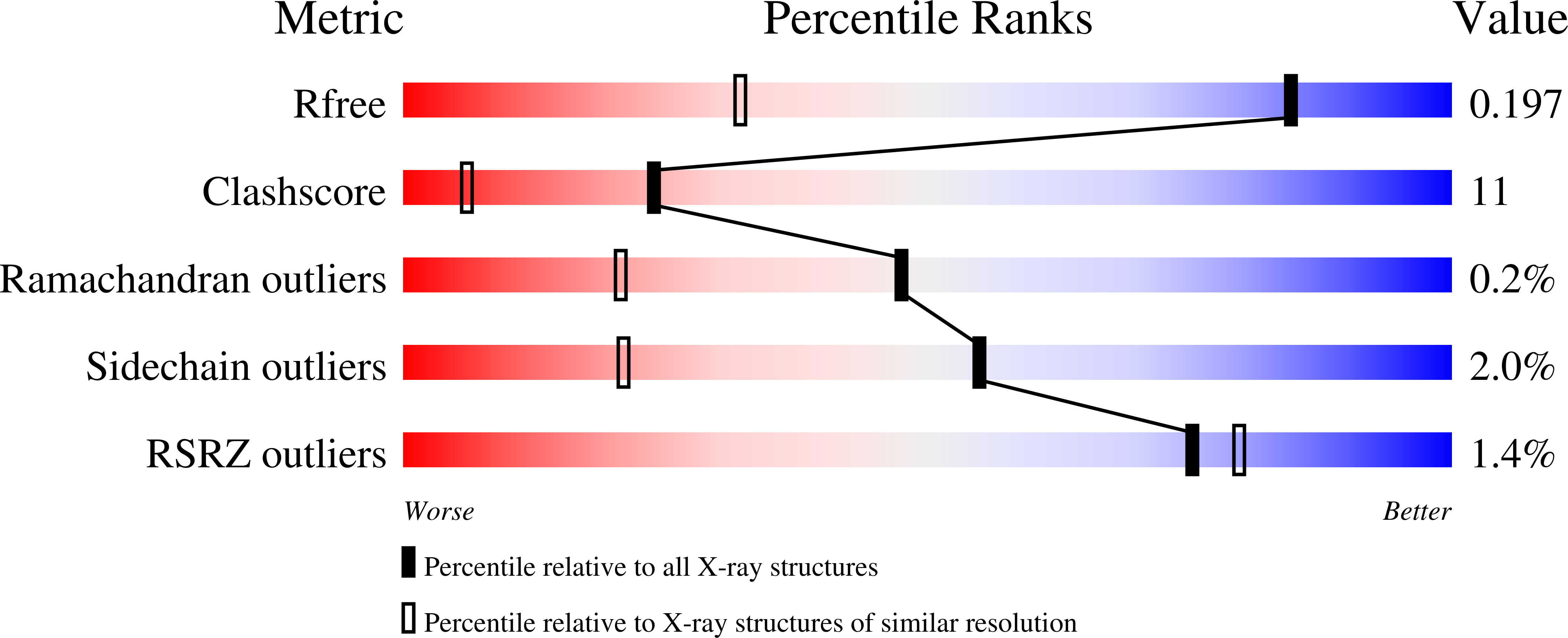
Deposition Date
2009-06-30
Release Date
2009-08-11
Last Version Date
2024-02-21
Entry Detail
Biological Source:
Source Organism:
Carboxydothermus hydrogenoformans (Taxon ID: 246194)
Host Organism:
Method Details:
Experimental Method:
Resolution:
1.36 Å
R-Value Free:
0.19
R-Value Work:
0.15
R-Value Observed:
0.15
Space Group:
C 1 2 1


